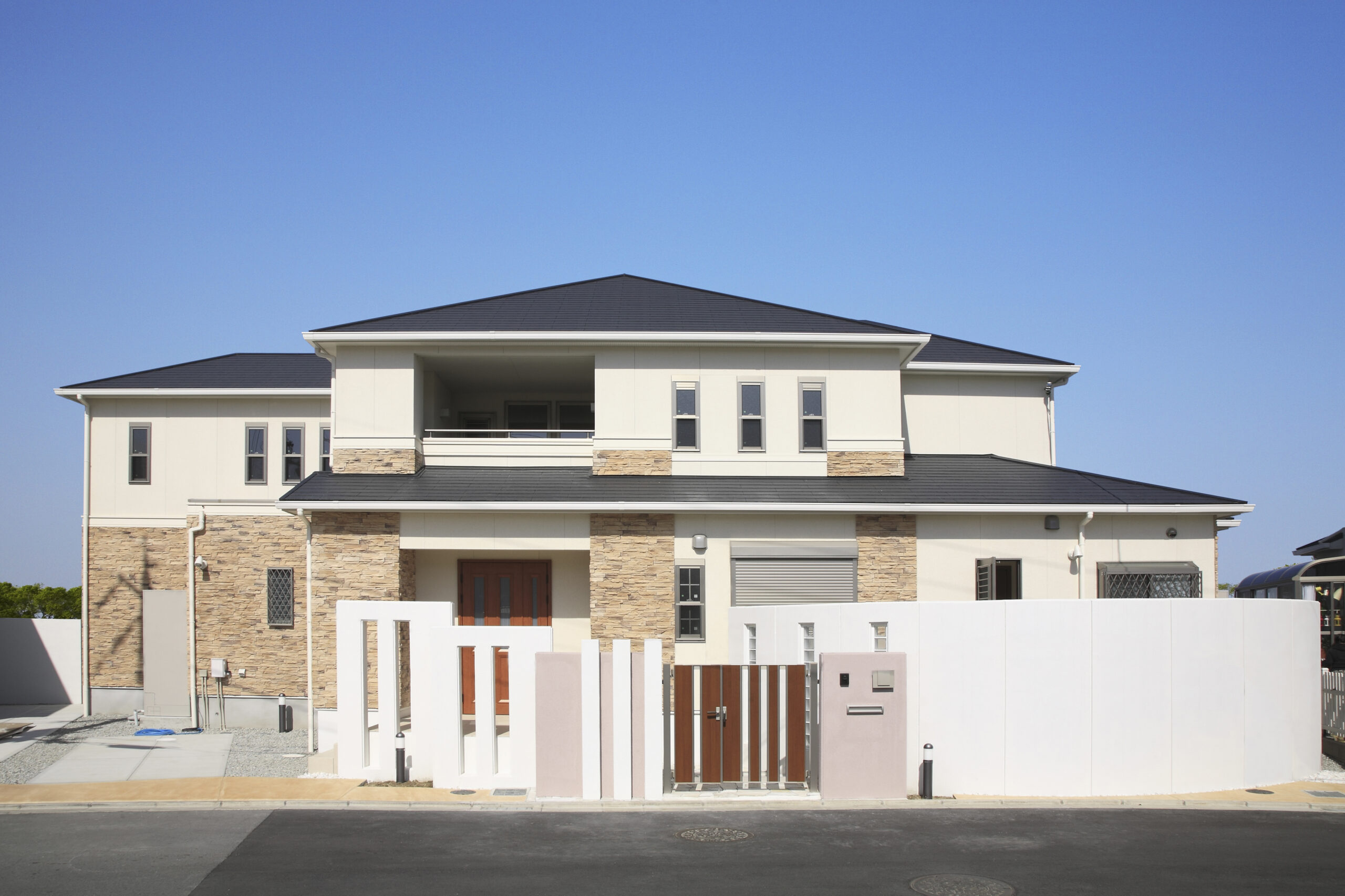Understanding Home Sales and Real Estate Trends Is Important
Whether you’re a builder building new homes for sale, a real estate agent offering new construction homes and/or pre-owned homes for sale, or an individual hoping to buy or sell a house, understanding current home sales and real estate trends is important for exactly the reason you’d expect. If you’re selling, knowing what’s happening can make you more money. If you’re buying, knowing what’s coming can save you money.
So let’s look at where the experts say we’re headed.

Home Sales and Real Estate: What Happened in 2018
In 2018, the housing market started out strong but weakened significantly about halfway through the year. It’s fair to say that overall, Americans purchased quite a few of the homes for sale.
Home Sales and Real Estate Trends in 2019
The first quarter was strong. Although statistics for the second quarter aren’t in yet, both Fannie Mae and Freddie Mac predicted strong sales in the spring as well, an outlook that is even more positive in Fannie Mae and Freddie Mac’s May forecasts for spring and the rest of the year as well.
According to the reports, a strong labor market, low unemployment, relatively low mortgage rates, and modest wage growth all contributed to boost home sales.
So does the current Federal interest rate. If inflation stays below target rates, the Federal Reserve Board keeps to its present restrained course, and the interest rate doesn’t increase any further, the current level should help to keep mortgage rates from skyrocketing and so encourage individuals to buy homes for sale.
Optimism about the real estate market also stems from the overall performance of the US economy. Currently Fannie Mae’s Economic and Strategic Research Group (ESR) projects GDP growth of 2.3%.
Putting all this information together, Fannie Mae anticipates that, supported by accelerating wage growth and generally favorable market conditions 2019 home sales will surpass the 2018 level and reach 5.98 million units. The majority will likely be pre-owned houses for sale, but only cash-out refits are expected to stay at the same level as before.
So the general lookout is good, but it’s important to understand that even the expert economists at Fannie Mae and Freddie Mac can only offer projections. Any number of real-world events could affect the housing market. For example, there’s currently a trade war with China underway. Should this remain unresolved, it could have a negative impact on the overall US economy and thus the real estate market. As could current high levels of corporate debt.
Be that as it may, though, now you have the overall projected picture. But for the savvy homebuyer, seller, or builder, the overall picture isn’t enough. There are some very specific trends you need to be aware of.
Home Sales and Real Estate: Home Prices Are Going Up and Offers Are Going Down
Through 2017 and the first half of 2018, the price of homes for sale jumped 10%. It’s likely they’ll continue to rise, but not as fast. At the same time, the number of houses for sale is expected to rise by a mere 1%.
Among the reasons is a degree of economic uncertainty, perhaps fed by anxiety about that trade war with China.
Still, many people are interested in buying homes, and the ones looking for new homes are expected to boost new home construction by 8%. Even so, though, some construction companies and some areas won’t be able to build new houses for sale in sufficient numbers to meet the demand. That’s because there just won’t be enough laborers available, and, as dictated by the law of supply and demand, that means the new construction homes that are available will go for higher prices.
That’s good news for the sellers who should benefit from those higher prices. For potential buyers, it means they have to make hardheaded calculations about how much they can afford to spend and stay within that budget.
As a rule of thumb, prospective buyers should be able to put down at least 10% on a 15-year fixed rate conventional loan. If they can’t, now’s not the moment to buy a home. They should keep saving, reevaluate their wants, and possibly expand the area in which they’ve been house hunting.
Home Sales and Real Estate: Mortgage Rates Are Going Up
As noted above, the Fed’s relative restraint when it comes to raising the Federal interest rate helps to keep mortgage rates down. Still, the fact of the matter is that after years of holding steady, mortgage rates are on the rise. They’re likely to increase to an average 5% for a 30-year mortgage and 4.4% fir a 15-year mortgage.
For sellers, this means their houses for sale may stay on the market longer and receive fewer offers.
Potential buyers, however, should be mindful that even the increased mortgage rates are still pretty low and possibly not a reason to forgo purchasing. A 15-year fixed rate loan will ensure they know exactly what the payment will be over the life of the loan.
Home Sales and Real Estate: The Majority of Homebuyers Are Millennials
Many millennials now earn enough and feel established enough in their careers to purchase houses for sale. Soon they’re expected to account for 45% of all mortgages.
Sellers should understand that for many millennials, online shopping is second nature, quality maters more than size, a location that offers big-city amenities without big-city cost of living is a plus (think Austin or Nashville), and so is an energy-efficient house with smart appliances.
Millennial buyers should anticipate a fair amount of competition for homes that meet their requirements. It’s a good idea for them to prioritize their wants and, once they find houses for sale that interest them, to send letters to the sellers. This can make them stand out from other potential buyers.
Lastly, in any market, whether you’re buying or selling, you’ll almost certainly fare better if you engage the services of reputable professional real estate agent in your area.






